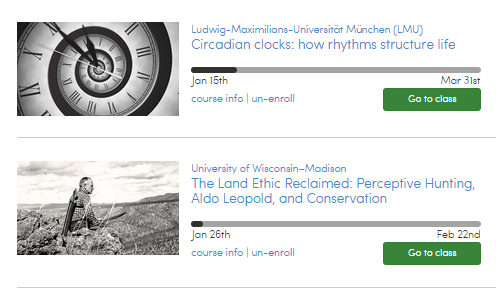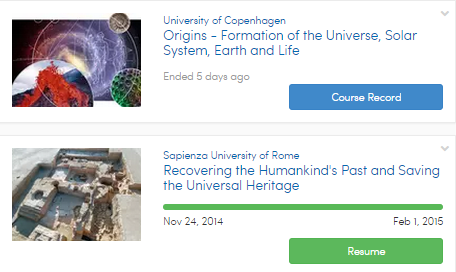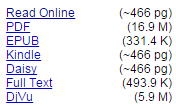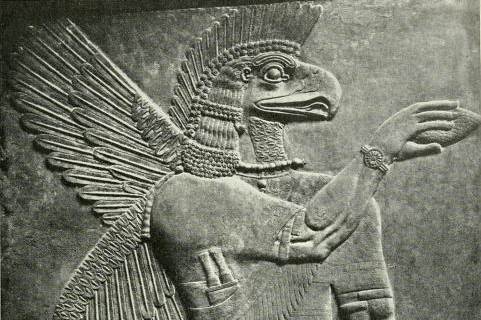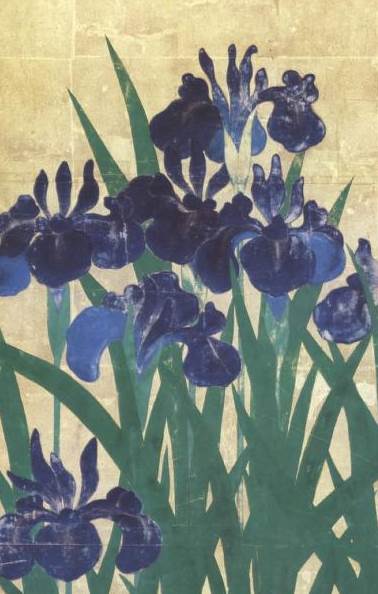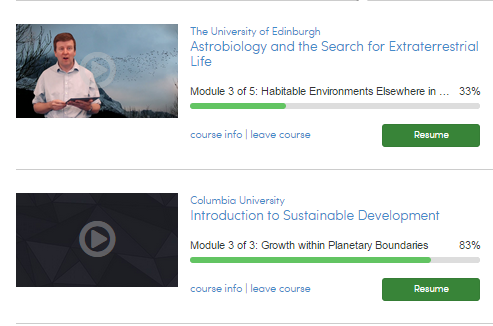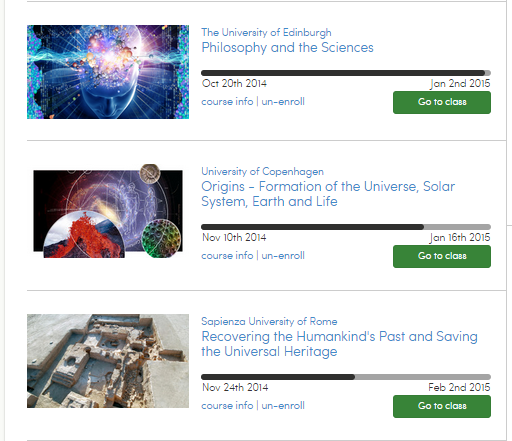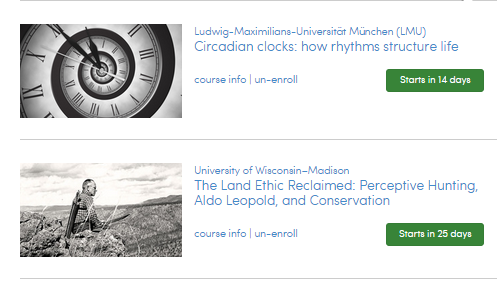Gleanings of the Week Ending March 14, 2015
/The items below were ‘the cream’ of the articles and websites I found this past week. Click on the light green text to look at the article.
Karnak: Excavation yields 38 artifacts - New techniques and new finds at Karnak.
71% of Investors Are Interested In Sustainable Investing - It’s positive news that more people are voting for sustainability via their investments.
New Study Pinpoints Where Ocean Acidification Will Hit Hardest - Not only hardest…but earliest. The ocean does not acidify uniformly. Estuaries with excess nutrients will acidify more rapidly. Not a good new message for the Chesapeake Bay’s shell fish industry.
Boosting older adults' vision through training - The core of the message from the research was positive but it was frustrating that the next steps were all about more research. If the initial research finding holds - then why is there not already a strategy activity to think through how vision training could be delivered to larger numbers of people at low cost.
By separating nature from economics, we have walked blindly into tragedy - We live in complex world…making decisions based on simplifying assumptions that ignore the environment or economic or social aspects are perilous.
New research into materials for tooth fillings - The composite that is most common right now is problematic because it requires adhesive to bond to the tooth, needs to be illuminated with a lamp to harden, and needs to be replaced more frequently. A new material - glass ionomer cement - may be the filling material of the future.
Widely Used Antibiotics Affect Mitochondria - The environmental accumulation of tetraclines might be harming us in ways that are just now being studied. Scary.
Epoch-defining study pinpoints when humans came to dominate planet Earth - Two dates jump out: 1610 with the irreversible exchange of species between new and old worlds and 1964 associated with the fallout from nuclear weapons testing. Either way - humans have driven Earth into a new epoch…the Anthropocene.
Fun Parks to Visit in the Top 10 Cities for Wildlife - Staycation fodder. There are interesting parks in most areas of the country. These 10 are clearly the tip of the iceberg!
Did Neanderthals make jewelry 130,000 years go? Eagle claws provide clues - From a site in present day Croatia dating from 130,000 years ago.

